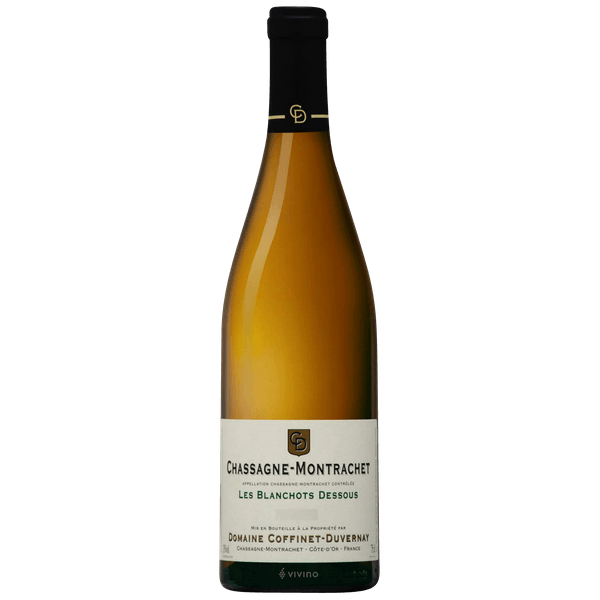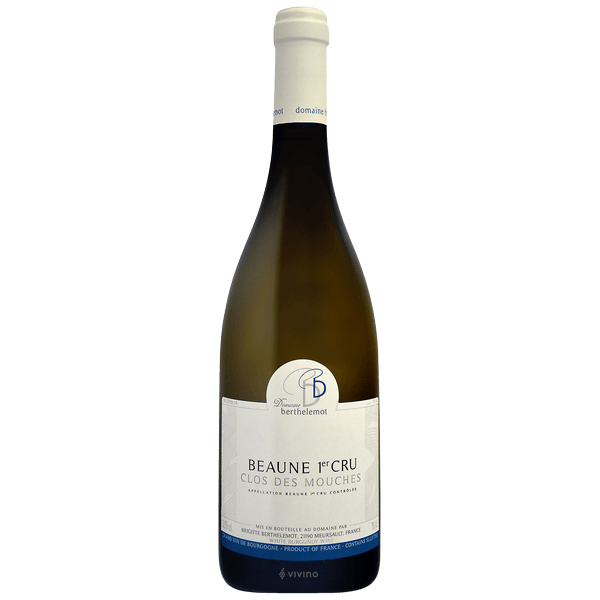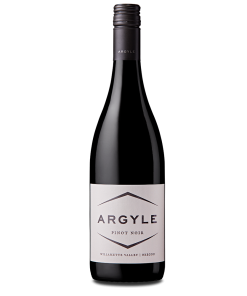2020 Duck Pond Pinot Noir
$18.97
Out of stock
2020 Duck Pond Pinot Noir
2020 Duck Pond Pinot Noir In the glass, dark cherry and molasses aromas rise with hints of sarsaparilla. Notes of baking spice and soil add depth and complexity. Aromas of vibrant black cherry mingle with notes of molasses and caramel, with hints of iris and spearmint.
Duck Pond
For over 25 years, Duck Pond has been committed to farming the land sustainably and organically, and using traditional winemaking techniquesto craft pure, estate-driven wines. The 2020 vintage marks an historic moment for Duck Pond as the First Certified Natural Path Production Winein America by the Clean Label Project. Clean Label Project™ is a national non-profit with the mission to bring truth and transparency to food and consumer product labelling.
Duck Pond Cellars began growing fine Willamette Valley wine at our DundeeHills winery in 1993. Since then we have farmed sustainably, crafting minimal-intervention wines that we hope faithfully reflect our unique Oregon climate, soil and culture. The 2020 vintage marks an important moment in our history because with this vintage, we released our first Natural Path Production Certified Wines. Our wines are certified by the Clean Label Project.
Pinot Noir
Pinot Noir is the dominant red wine grape of Burgundy, now adopted (and extensively studied) in wine regions all over the world. The variety’s elusive charm has carried it to all manner of vineyards.
These extend from western Germany (as Spätburgunder) and northern Italy to Chile, South Africa, Australia, New Zealand and the USA. California, Oregon and New Zealand are arguably the greatest centers for the grape outside its home territory. However great Pinot Noir is made in all of these territories.
The essence of Pinot Noir wine is its aroma of red berries and cherry (fresh red cherries in lighter wines and stewed black cherries in weightier examples). Many of the more complex examples show hints of forest floor. Well-built Pinot Noirs, particularly from warmer harvests, suggest leather and violets, sometimes recalling Syrah.
There are two theories regarding the Pinot name. One is that it came about because their bunches are similar in shape to a pine cone (pinot in French).
It may derive, however, from a place name in France such as Pinos or Pignols from where cuttings were obtained. Pignols in the Auvergne, for example, has cultivated Pinot since the Middle Ages.
It was previously believed that Pinot Noir, Pinot Blanc, Pinot Gris, Pinot Meunier, Pinot Précoce (Frühburgunder) et al were members of a “”Pinot Family”” of distinct grape varieties. But DNA profiling has shown them to share the same genetic fingerprint. Thus, they should properly be considered as mutations or clones of a common variety.
Related products
Red Wine from Loire Valley, France
Burgundy
2016 Domaine Armelle et Bernard Rion Nuits-Saint-Georges 1er Cru Marcel Heritage Vieilles Vignes
2016 Domaine Armelle et Bernard Rion Nuits-Saint-Georges 1er Cru Marcel Heritage Vieilles Vignes 2016 Domaine Armelle et Bernard Rion Nuits-Saint-Georges 1er Cru Marcel Heritage Vieilles Vignes is a powerful, rich and complex wine, which is very round in the mouth with a leather finish. This fruity wine in its first years will become hardier and [...]
Red Wine from Loire Valley, France






